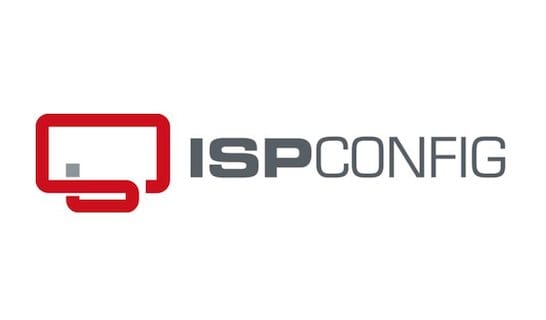How To Install ISPConfig on CentOS 7

In this tutorial, we will show you how to install ISPConfig on CentOS 7. For those of you who didn’t know, ISPConfig is an open-source hosting control panel for Linux which has a user-friendly web interface – with it, users can manage their websites, email addresses, FTP accounts, DNS records, databases, and shell accounts.
This article assumes you have at least basic knowledge of Linux, know how to use the shell, and most importantly, you host your site on your own VPS. The installation is quite simple and assumes you are running in the root account, if not you may need to add ‘sudo‘ to the commands to get root privileges. I will show you the step-by-step installation RubyMine on a CentOS 7 server.
Prerequisites
- A server running one of the following operating systems: CentOS 7.
- It’s recommended that you use a fresh OS install to prevent any potential issues.
- SSH access to the server (or just open Terminal if you’re on a desktop).
- A
non-root sudo useror access to theroot user. We recommend acting as anon-root sudo user, however, as you can harm your system if you’re not careful when acting as the root.
Install ISPConfig on CentOS 7
Step 1. First, let’s start by ensuring your system is up-to-date.
sudo yum clean all sudo yum -y update sudo yum -y groupinstall 'Development Tools'
Step 2. Install the LAMP server.
A CentOS 7 LAMP stack server is required. If you do not have LAMP installed, you can follow our guide here. Also, install the required PHP modules:
yum -y install php-gd php-imap php-ldap php-odbc php-pear php-xml php-xmlrpc php-mbstring php-mcrypt php-mssql php-snmp php-soap php-tidy curl curl-devel
Step 3. Installing Dovecot.
You can execute the following command to install Dovecot on CentOS:
yum -y install dovecot dovecot-mysql dovecot-pigeonhole
Next, create a dovecot-sql.conf file using the command below, after which you’ll make a symbolic link pointing back to the file you just created:
touch /etc/dovecot/dovecot-sql.conf ln -s /etc/dovecot/dovecot-sql.conf /etc/dovecot-sql.conf
Now use the following commands to restart and enable the Dovecot service on the server:
systemctl restart dovecot.service systemctl enable dovecot.service
Step 4. Installing Amavisd-new, ClamAV, and SpamAssassin.
Install ClamAV, Amavisd, and SpamAssassin, along with all of these additionally required packages, all in one go:
yum -y install amavisd-new spamassassin clamav clamd clamav-update unzip bzip2 unrar perl-DBD-mysql
Step 5. Installing PureFTPd.
We will install the PureFTP server because it is simple to install and easy to use. To install it on your server you only need to execute the following command:
yum -y install pure-ftpd
Step 6. Installing BIND.
Install BIND using the following command:
yum -y install bind bind-utils
Step 7. Installing ISPConfig on CentOS.
Download the ISPConfig tar file from the official site by using “wget” command as follows:
cd /opt/ wget http://www.ispconfig.org/downloads/ISPConfig-3-stable.tar.gz tar -zxvf ISPConfig-3-stable.tar.gz cd ispconfig3_install/install/
Run the “ install.php” file by using “PHP -q” command to perform the initial configurations:
php -q install.php
Step 8. Accessing ISPConfig Web Interface.
You should be able to access the ISPConfig control panel on your web browser. Open your preferred web browser and type your server’s IP address with the default configured port for ISPConfig, as shown below:
https://server_IP_address:8080/
The default credentials are “admin” for the username and “admin” for the password. You should change these immediately, as anyone who knows these can administer your server and compromise it remotely.
Congratulations! You have successfully installed ISPConfig 3. Thanks for using this tutorial for installing ISPConfig on CentOS 7 systems. For additional help or useful information, we recommend you check the official ISPConfig website.